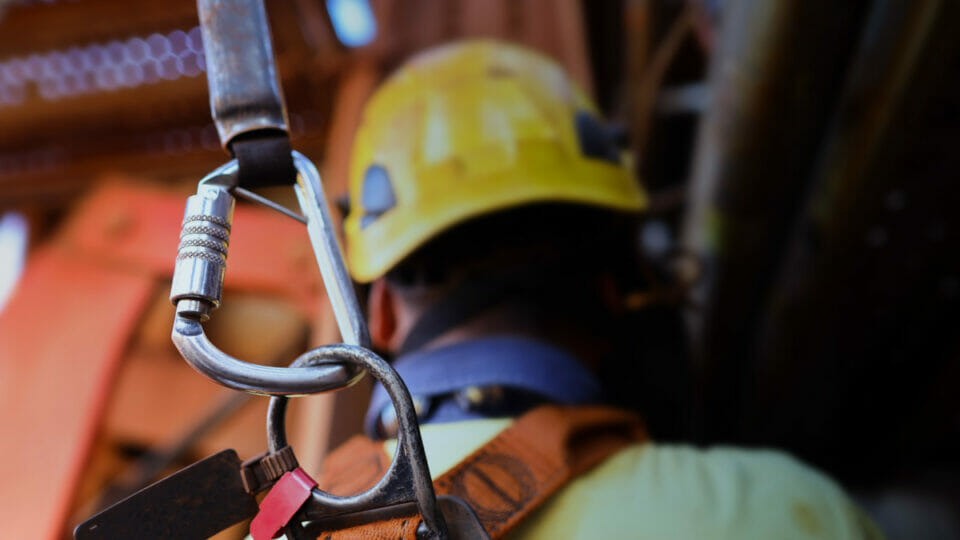
Beyond Heinrich’s Triangle: Defining What Serious Really Means | Risk Matrix Episode 124
THE RISK MATRIX Cutting-edge podcast on occupational safety and risk management. Hosted by industry titans: JAMES JUNKIN, MS, CSP, MSP,…
The most frequently cited OSHA workplace safety standards for 2020 remain slips, trips, and falls. Find out what you can do to avoid common workplace citations.

With workplace safety more important than ever during the pandemic, the Occupational Safety and Health Administration (OSHA) announced its 10 most frequently cited workplace safety standards for fiscal year 2020. For the 10th consecutive year, Fall Protection remained OSHA’s most frequently cited standard.
A Labor Department Office of the Inspector General (OIG) audit of OSHA recently found that during the pandemic, the agency received 30 percent more complaints, but performed 50 percent fewer inspections. With most programmed on-site inspections suspended, the agency moved to mostly remote inspections conducted by telephone, videoconference or e-mail. The OIG audit noted that OSHA’s performance has placed workers’ safety and health at greater risk.
Many employers are simply not providing workers with enough protection when it comes to preventing falls, whether from a rooftop, scaffold or ladder. Employers also need to do a better job of training workers when it comes to fall prevention. Fall prevention training was number eight on OSHA’s list.
The most frequently cited violations are evenly divided between construction and general industry standards. Violations involving ladders climbed to a top-five spot, and Respiratory Protection issues rose to third place in 2020 from fifth place in 2019.
List of Top 10 most frequently cited OSHA safety standards for fiscal year 2020:
Don’t let your employees or organization become an OSHA statistic. Make sure you are doing enough to avoid common workplace citations. Create a culture of safety across your organization by developing and enforcing a comprehensive safety program. The following steps are the stepping stones to creating a culture of safety:
Review your current standards and develop a positive attitude toward safety, which can lead to a reduction in injuries and accidents — and OSHA fines.This must begin at the top with company leadership and be championed by on-site management to truly permeate the organization.
Have a written safety program, offer in-depth safety training, make safe tools and equipment as well as personal protective equipment available. Your safety program should involve all levels of employees and include a system for open communication and a way for employees to report safety concerns.
Eliminate known dangers in the workplace by keeping floors as clean and dry as possible. Cover holes in floors that can cause an unintended accident. Install guardrails and use harnesses where needed, provide workers with personal protective equipment (PPE) at no cost to them, and train workers on the dangers of and common scenarios for fall hazards.


THE RISK MATRIX Cutting-edge podcast on occupational safety and risk management. Hosted by industry titans: JAMES JUNKIN, MS, CSP, MSP,…

THE RISK MATRIX Cutting-edge podcast on occupational safety and risk management. Hosted by industry titans: JAMES JUNKIN, MS, CSP, MSP,…
We’ll send you practical and insightful supply chain risk management info that can benefit your business. Plus, important company updates that keep you in the loop.
